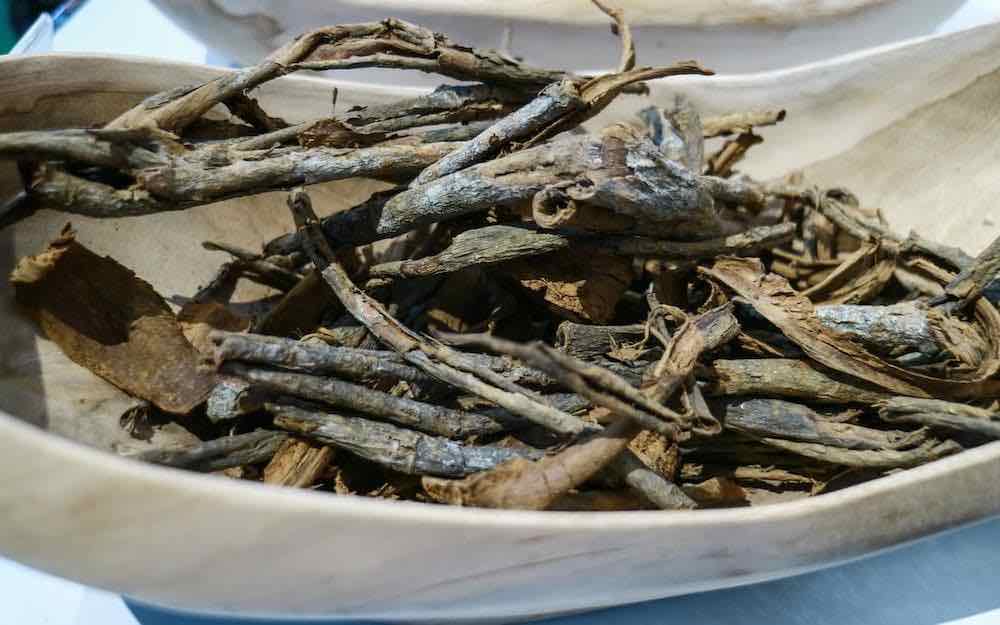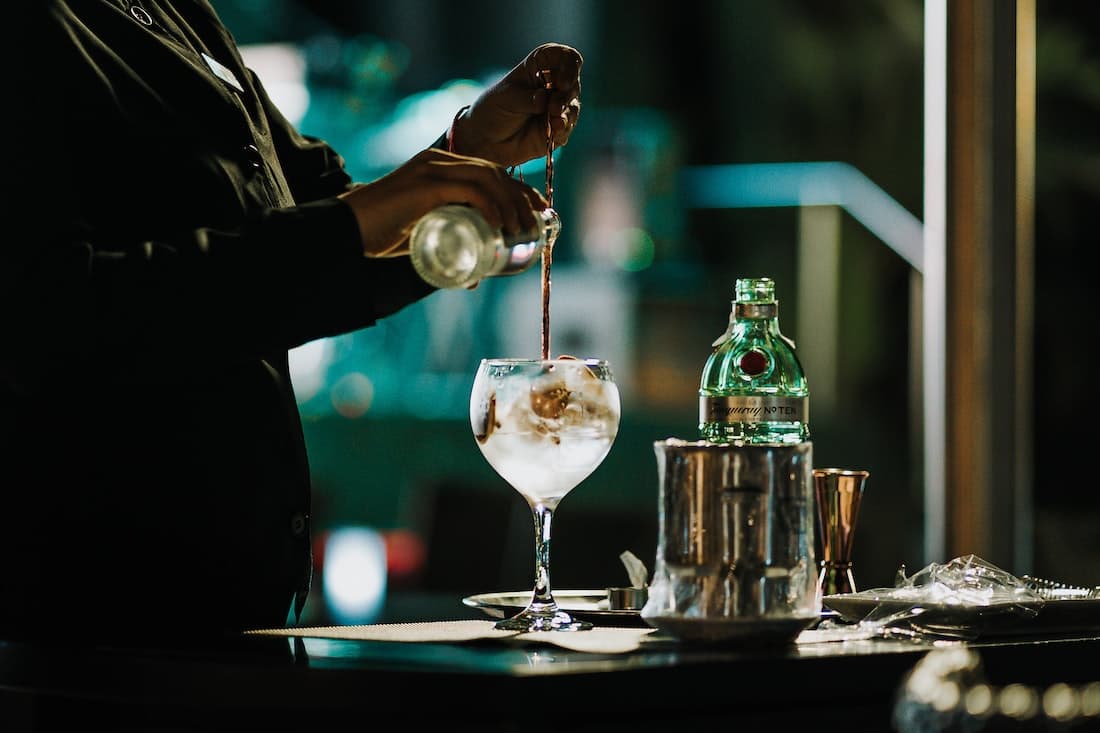Quinine is best known as the bitter flavoring element in tonic water, but it is found in many liqueurs, vermouths, fortified wines, and amari, the bitter Italian liqueurs. Quinine comes from the bark of the cinchona tree that is native to South America. Some beverages include ground up bark in their formulations; others, including most tonic waters, use the isolated quinine compound instead. But how did quinine get in so many different drinks?
Like many flavorings used in cocktails and spirits today, cinchona bark was once a medicinal botanical. It was used to soothe fevers and cure malaria after it was “discovered” by Europeans in Peru. Malaria is a disease that has been around since the time of the dinosaurs, but it seems that it was isolated to the eastern hemisphere of the world. It was found as far north as Scandinavia, south to the southern tip of Africa, west into Europe and to the east in China. Ancient medical writings in many different regions describe telltale symptoms of the disease that include alternate rounds of fever and chills.
The indigenous people of South America likely did not suffer from malaria until after European conquest, but many other illnesses and conditions also cause fever and chills. Jesuit missionaries in the early 1600s learned of the “fever tree” bark and sent some back to Italy: Rome, the home of the Christian church, was well-known as a place that people caught (and often died from) malaria, particularly during the summers. As it turns out, the bark was effective at soothing fevers in general but also in interrupting the life cycle of the malaria parasite when it was in the blood of its victim. (Today we know that malaria comes from a parasite introduced from mosquito bites, but this wasn’t proven until about 1900.)
Though cinchona tree bark took a while to become a common medicine, by the 1700s the European superpowers now had a weapon against malaria that allowed them to exploit previously inaccessible territories including India and Africa. Now they just needed their own supply. For centuries they had imported the bark from South America, but in the early 1800s a few different countries’ explorers smuggled some seeds and plants out of the country and planted them in their own territories. The Dutch were the most successful and came to control the global cinchona bark trade from their plantations in Indonesia.

Tonic’s Medicinal Roots
The bitter bark of the cinchona tree was literally hard to swallow. So until quinine was isolated from the bark in the early 1800s (which allowed for pills to be made), people had to take their medicine mixed into liquids. There are records of cinchona tree bark mixed with wine, whiskey, pink lemonade, and many other beverages. These beverages were almost always sweetened to counteract the bitterness of the bark. And though the quinine treated malaria specifically, it was also thought to be healthy in general.
The earliest carbonated waters were not designed as Highball mixers—they too were medicinal. For centuries, people in Europe sought out natural, unpolluted mineral springs in the countryside and would “take the waters” for general health and for treatment of several specific ailments. The naturally fizzy waters were thought to be particularly healthful, and scientists sought to replicate both their mineral mixtures and their carbonation in the lab.
As cinchona bark and purified quinine were being infused into things like cod liver oil and all sorts of other foods, it’s no surprise that the all-purpose healthy sparkling water and all-purpose anti-fever quinine were put together. And thus, tonic water was born.
Quinine in Liqueurs and Bitters
But the tree bark was also infused into other supposedly healthy beverages, many of which are still on the market today. Some vermouths include quinine, as do fortified wines including Lillet, formerly known as Kina Lillet. The latter is an example of an entire category of quinine-laced fortified wines called quinquinas. (Many commercial products that include quin-, china-, or kina- in their names contain quinine.) Other quinine wines include Dubonnet and Byrrh. Liqueurs like Amer Picon and probably even Pimm’s were infused with quinine.
Many bitter liqueurs include cinchona bark in their recipes, including probably most Italian amari. Ones that have affirmed they do include Amaro Sibilla, Averna, Fernet-Branca, and Ramazzotti. In unfiltered brands of amaro like Amaro dell’Erborista you can really taste the bark in the product, though other barks may be used besides cinchona. These barks add earthy, tannic and, well, barky notes to the flavor profile.
Isolated quinine that flavors tonic water is sharp and bitter, and many people describe it as a “pure” bitter note compared with a tangy or mentholated bitterness found in other bitter botanicals like gentian and wormwood. Of course, in many amari, quinine, gentian, and wormwood all share space in the bottle along with other ingredients like chamomile and saffron to give these products a multifaceted bitterness. Those other ingredients were also used for good health and digestion individually. Today we enjoy amaro, vermouth, and tonic water for purely recreational reasons, or maybe as a digestion-stimulating digestif, but most bitter beverages have a direct lineage to medicine.



